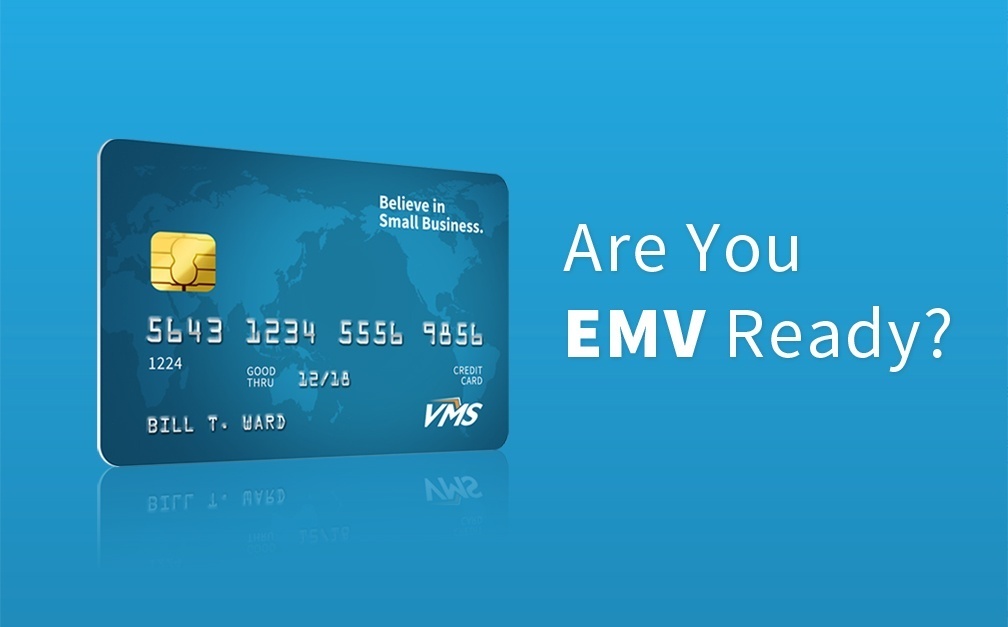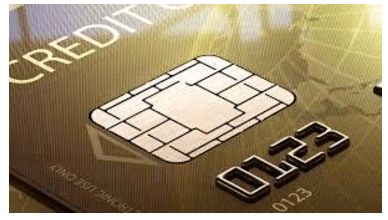
EMV Migration
EMV stands for “Europay, MasterCard, and Visa,” which are the three companies that originally developed the specifications for the technology. Today it’s supported by several other companies through an organization called EMVCo.
How it can affect you? Why make the switch?
Before the liability swap, credit card companies took responsibility for fraudulent purchases. If someone stole your MasterCard number and used it to buy $500 worth of shoes, MasterCard — not you and usually not the store — would cover that cost. Now, if stores don’t accept EMV payments, it’s up to them, rather than the card company, to cover the cost of counterfeit fraud.
Banks are protected, are you?
October 1st 2015 was the deadline for the EMV switchover that the payments industry has given to retailers. After that date, retailers who don’t accept EMV payments may be responsible for the costs of what’s called “counterfeit fraud.” That’s a type of credit card fraud based on stealing credit card numbers — by hacking a checkout terminal, for example — and using them to make copies of the victims’ card.

Protection
EMV cards look like any other card, except for the chip. The microprocessor chips inside makes it harder for anyone to steal account information while making a payment.It is a new way of paying and protecting consumers.

